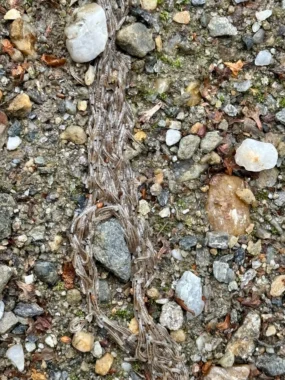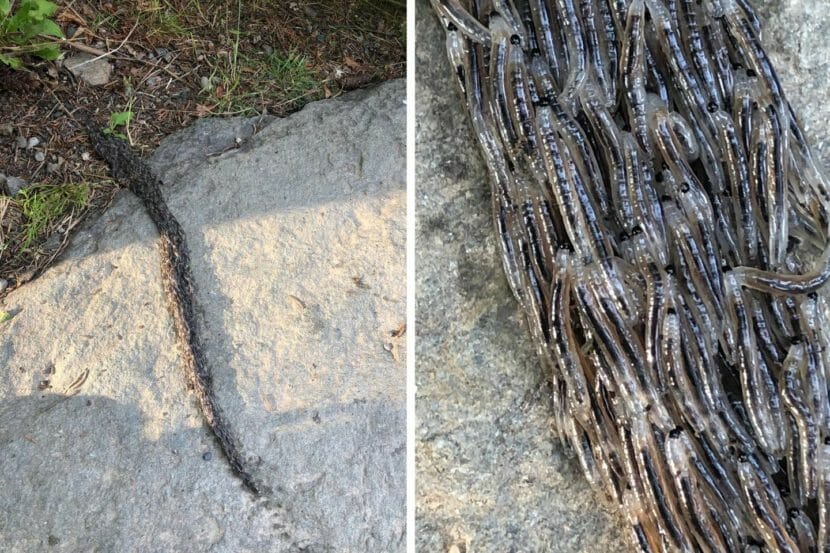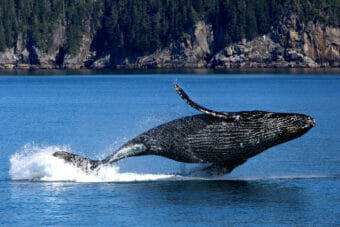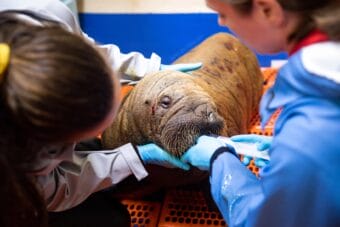
Another mass mass of gnat larvae was reported in Fairbanks this week. University of Alaska Fairbanks entomology professor and Museum of the North curator of insects Derek Sikes says the sighting on Pika Road is the latest report of what he calls snake worm larvae.
“Because it looks a little like a snake when you have all these larvae moving in long column across a road,” he said.
The unusual lines of moving gnat larvae were first reported in Fairbanks in 2007, and Sikes says sporadic sightings have come in over the years since.
“When people see these things going across trails or roads, it’s quite remarkable, and people take pictures and send them in,” he said. “But we don’t get reports every year, so we don’t know how cyclical it is. We don’t know if they’re actually making these columns in the woods where nobody is observing them.”
Sikes says he initially worked with specialists in Germany and Japan to identify the larvae, eventually looking at their DNA.
“Became pretty clear that we were dealing with new species,” he said.
Sikes says the data got back burnered until 2021 when post-doctoral entomology researcher Thalles Pereira of Brazil picked it up.
“He came and finished the project,” Sikes said. “Did all the final analysis and wrapped it up and drafted the paper.”

The paper came out in December 2023.
Sikes says a lot of questions remain about the species they officially named Sciara serpens, including whether it is different from gnat larvae observed in similar formations elsewhere in North America. There’s also the question of why the larvae group in snake-like processions.
Sikes theorizes they climb on top of one another to protect themselves while crossing roads and trails.
“Sliding over their comrades below so you get this kind of conveyor belt thing going across the road where they can make it across with minimal exposure of their moist bodies to the dry conditions,” he said.
He says another possibility is that the formations are a defensive measure.
“Birds that might otherwise prey on individual larvae, will leave them alone because they look like a big animal, like a snake or something,” he said.
Sikes encourages anyone who sees snake worm gnat larva to report them with photos, time, location and other information, using the iNaturalist app.
He says all the Alaska observations have been in the morning when its cooler, but it’s unknown whether the larvae columns are weather-related.



